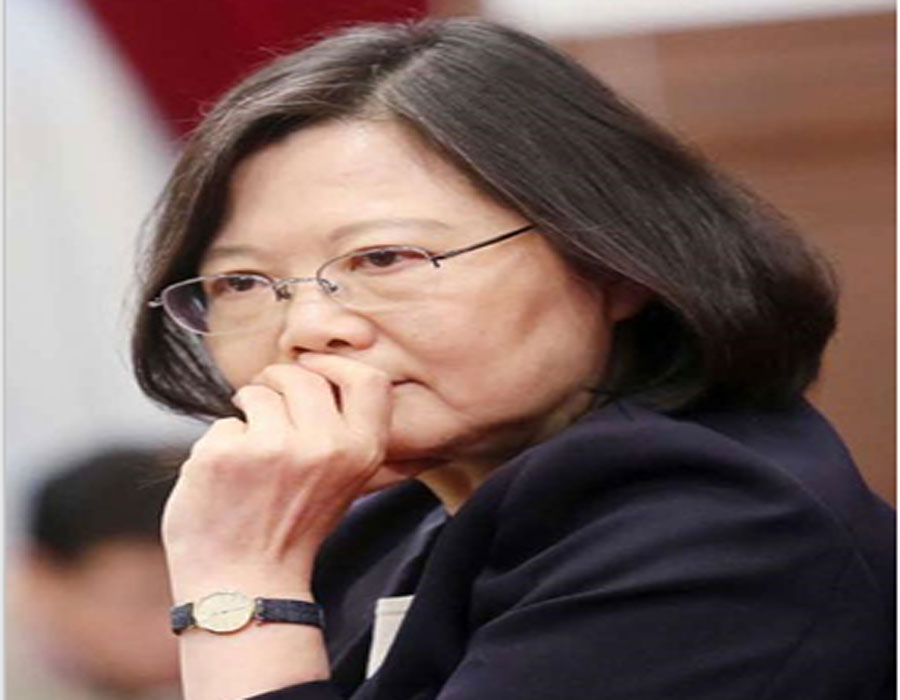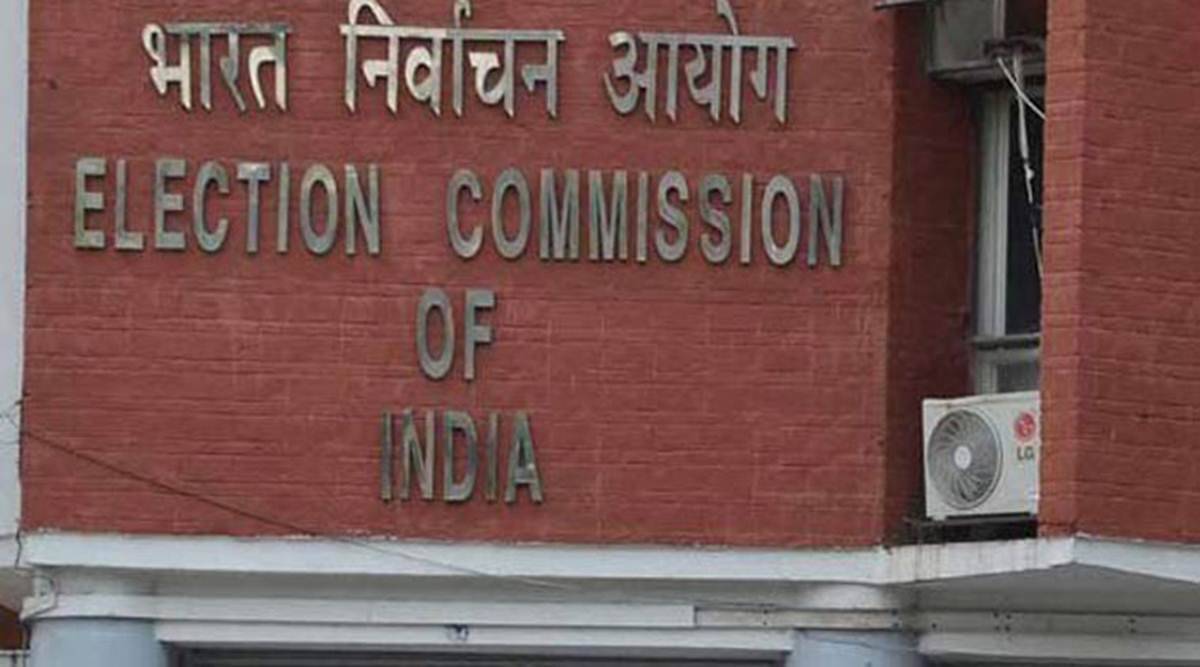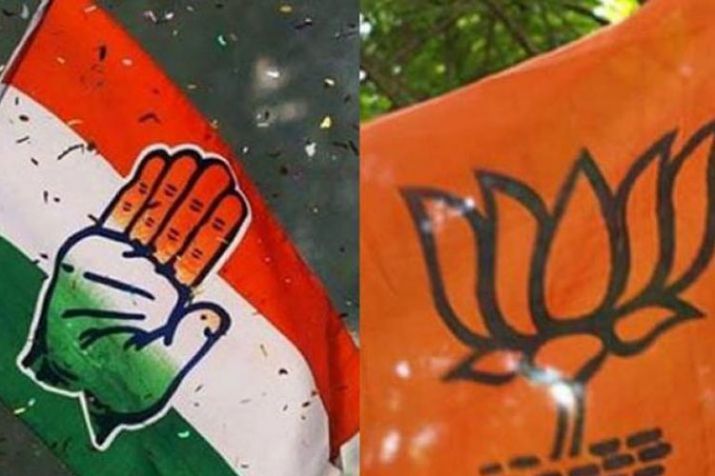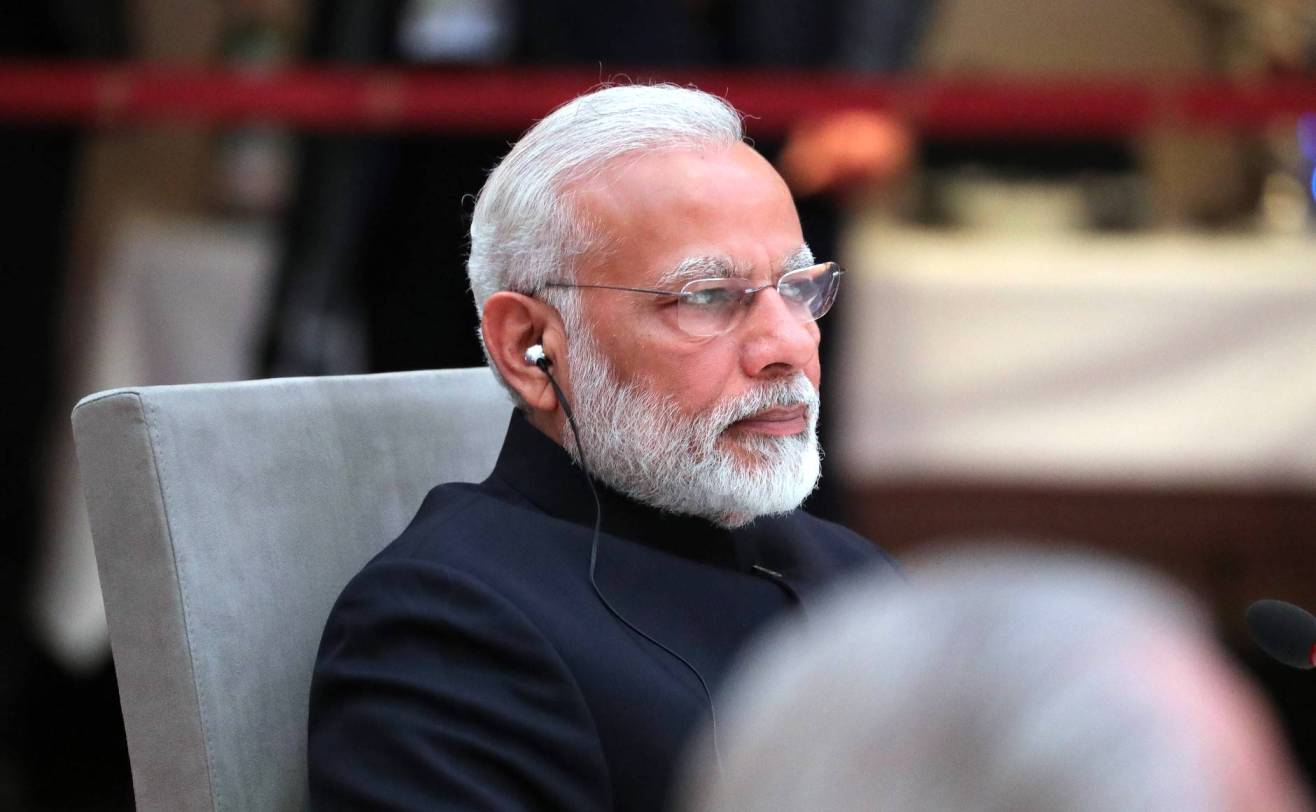Taiwan is a part of the geographical area of operation of India’s Look East Policy (LEP). Although India does not recognise Taiwan as a sovereign state, its functional and people-to-people contacts with Taiwan are explainable under the LEP. Besides, India’s economic activities are on the rise in the vicinity of Taiwan. Though commercial in nature, India’s presence in the South China Sea, along with improvement in its bilateral relations with Asia-Pacific countries — especially in the realm of politics and defense cooperation — is of strategic significance. In the overall strategic context of the region, increasing functional ties with Taiwan without undermining the support of the one-China Policy would be a stiff challenge requiring clarity of vision and skilled diplomacy. Thus, it is imperative for India to have a much better understanding of Taiwan, and the Asia-Pacific region.
In the author’s view, functional ties/cooperation and people-to-people relations could make a separate category without attaching any diplomatic, political or strategic meanings. The main attributes of this category can be listed as below:
- A comprehensive package that includes cooperation in education, culture, science and technology, trade and investment and other similar issue areas.
- The package could also be characterised as people-to-people relations.
- Cooperation without manifest strategic underpinning and implications. Engagement with Taiwan would lead India to have a more informed Taiwan policy.
Its unique geographical location and political situation would also contribute to India’s understanding of the Asia-Pacific region. Taiwan is situated in the middle of the disputed waters of the South and the East China Seas. Considering the continued threat from the People's Republic of China (PRC) to its national security, Taiwan not only has a natural interest in the modernisation of the People’s Liberation Army (PLA), China-Japan tensions, and the dynamic of Sino-US relations but also a natural expertise on them. Taiwan and China have a historical and cultural affinity, but political and strategic distance. Strategically, Taiwan is close to the US and figures in Japan’s security considerations. It is obliquely mentioned in the US-Japan Defence Guidelines, 1997. But the US and Japan’s support for PRC’s One-China Policy has set a limit on their relations with Taiwan. Thus, Taiwan is not fully open to either of the major regional players. This situation leaves it marginalised and dissatisfied with every major power in the region and makes it a neutral interpreter of the region’s politics. India could tap into this consultative potential of Taiwan.
Functional cooperation with Taiwan is even more valuable. Taiwan is a thriving and industrialised economy that is closely integrated with the international economy. It is amongst the world’s leading exporting and importing countries. It is the leading producer and manufacturer in the world in foundries, IC packages, blank optical discs, mask ROMs, mobility scooters/powered wheelchairs and chlorella. If the products made by Taiwanese companies outside Taiwan are also taken into account, the list of products commanding a high share in the world is even longer. Notebooks, Tablets, LCD monitors, IC packages, motherboards (System & Pure MB), WLAN CPEs, cable modems, and digital blood-pressure monitors are a few examples. Apart from electronics, Taiwan’s agro-industries, particularly food processing, maintain international standards. It also holds a high rank in the international rating by agencies like the Institute for Management Development (IMD), Business Environment Risk Intelligence (BERI), the World Economic Forum (WEF), and the Heritage Foundation. Its business environment, research and development, and innovation are recognised worldwide. (Data relating to all these is available in the tables at the end of this monograph). Further, Taiwan’s education system ranks quite high. For instance, fourteen Taiwanese universities in 30 disciplines are on the list—compiled by the QS World University of the UK—of the top 200 universities in the world.1 India could become an important destination for Taiwan’s new Go South policy for diversifying Taiwan’s a trade and investment basket. India could also become an alternative to China for many Taiwanese companies in view of rising wages and costs in that country. In fact, a regulated flow of skilled labour from India can help overcome the problem of high costs in Taiwan itself. Taiwanese FDI can contribute to India’s manufacturing, infrastructure and other sectors. India and Taiwan make a case for mutual benefit by being substantial complementary economies, as India’s computer software industry complements Taiwan’s computer hardware capability. India’s demography, with a more than 300 million strong middle class, offers an economic opportunity for Taiwanese entrepreneurs. India is also one of the leading suppliers of natural resources. It can be a gateway to South Asia, and even West Asia, for Taiwanese companies. Further, like Taiwan, India too has a reasonably impressive record of achievements in science and technology. For instance, India has gained international recognition in the automobile, electronics and space science sectors. In education, India has internationally recognised institutes— like the Indian Institutes of Technology (IITs) and Indian Institutes of Management (IIMs). Besides, there is sufficient space for co-operation between the two countries in the spheres of culture and tourism. This monograph deals with Taiwan as it exists in the world today. It does not deal with the legal question, of whether Taiwan is an independent state or a Chinese province. Despite its ambiguous diplomatic status, Taiwan remains an important factor in the East Asian security scenario. In spite of the Cross-Strait relations in their best phase, the solution to the Cross-Strait conundrum remains elusive. Taiwan and the People’s Republic of China (PRC) have signed 19 agreements related to functional areas since 2008. However, a formal political dialogue or a peace agreement that the PRC is pushing hard for is not in sight. Taiwan does not appear inclined to yield on the question of sovereignty. Any formula that would downgrade Taiwan’s international standing is unacceptable to both Taiwan’s political class and the common Taiwanese. Contrary to Chinese expectations, the prospects of economic cooperation and integration have not made the Taiwanese amenable to Chinese claims over Taiwan. Similarly, on the other side of the Taiwan Strait, Taiwan’s unification with China continues to be a powerful reference point for Chinese nationalism. China still has its missiles deployed against Taiwan. Moreover, it is yet to renounce the use of force as an option to resolve the Cross-Strait problem. This reinforces Taiwan’s perception of China as a threat to its security. Finally, the US, the security guarantor of Taiwan under the Taiwan Relations Act (TRA) 1979, continues to maintain diplomatic ambiguity over the Cross-Strait issue. Therefore, any conflagration in the volatile waters of the Taiwan Strait could result in a US-China face-off.
Taiwan is also a part of problematic territorial claims in the East China Sea and the South China Sea. Its claims overlap with those of China and are ignored by the other concerned parties. Taiwanese claims mostly address the domestic constituency. It appears content with the practical arrangements for resource-sharing. A good example is its fishery pact with Japan in 2013. However, since these claims stoke popular sentiment in Taiwan, it is difficult for the Taiwanese government to ignore public opinion on these issues. Therefore, overlooking Taiwan in the regional security map would bring pressure on the US alliance in the region, of which Taiwan is a part. Taiwan successfully drove this point during the standoffs between Japan and China in the East China Sea over the Senkaku/ Diao Yu islands in 2012-13 through its diplomatic maneuverings. In fact, the Japan-Taiwan fishery pact has effectively made the dispute tripartite and implies that Taiwan is a player in the dispute. In May 2013, the government of Taiwan conveyed that diplomatic recognition or not, it is capable of taking care of its citizens when it flexed its economic muscle against the Philippines over the killing of a Taiwanese farmer-fisherman by the Philippines coastguard.
Finally, accelerated interaction and cooperation in functional areas between India and Taiwan would, in the long term, also contribute to increased mutual awareness. Cross-Strait unification would not be the only eventuality in the dialectics of Cross-Strait relations. Whether Taiwan would eventually unify with China, the status quo would persist, or some other form of Cross-Strait relations would emerge, is difficult to predict. Studying and engaging Taiwan is important irrespective of the scenarios because each scenario will shape the regional security dynamics in its own way.








 OpinionExpress.In
OpinionExpress.In















Comments (0)